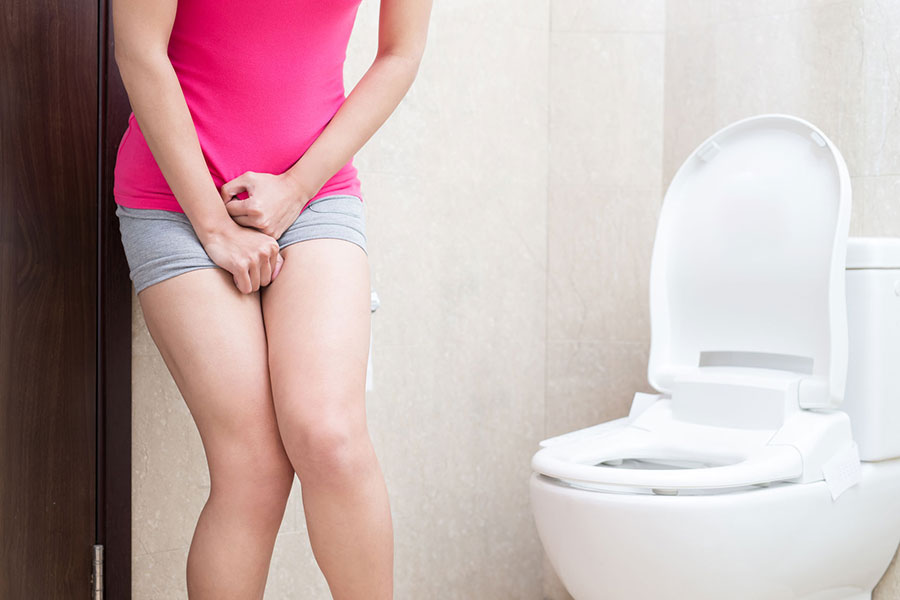
Women need not be embarrassed by incontinence because much of the time it can be cured, or at least treated. Behavioral techniques, exercise, lifestyle changes and medical devices are often tried first. However, their success depends on your ability to stick with them and on the severity of your incontinence. Surgical techniques are minimally invasive and can have quick recovery times.Stress Incontinence
This is the involuntary loss of urine during physical activity such as coughing, laughing or lifting. The muscles that support the urethra (the small tube that carries urine out of the body) and bladder neck have weakened, causing the urethra to drop during physical activity, resulting in urine leaking out of the body.
Urge Incontinence
This is the accidental leaking of urine that usually occurs when there is a sudden strong urge to urinate and an inability to get to the toilet in time. However, some people may leak urine without warning.
Urodynamic Testing
This test evaluates the bladders function and efficiency by measuring the volume and rate at which the bladder empties. A thin, flexible tube (catheter) is inserted into the bladder and the volume of any urine remaining after emptying is measured. The bladder may also be filled with water to measure the point at which you have the first urge to urinate.
Behavioral Techniques
Three types of behavioral techniques are used to treat urinary incontinence: Bladder training, timed urination and prompt voiding. With bladder training, you increase how long you can wait before having to urinate by trying to delay urination after you get the urge to go. With timed urination, you will urinate every 2-4 hours during waking hours, even if you feel as though you don’t have to go. Prompt voiding requires a caregiver to prompt the incontinent person to go.
Medication
If exercise and behavioral therapies are not successful, your doctor might combine these treatments with medication that relaxes the bladder and increases bladder capacity or may cause the muscles at the bladder neck to contract.
Medical Devices
A pessary is a rubber device that is inserted into the vagina and supports the urethra, thus helping to retain urine in the bladder.
Surgery
Stress incontinence that does not respond to other therapies is often treated with surgery. Surgery is typically not done for urge incontinence. A tension free vaginal tape (TVT) is a mesh like tape positioned under the urethra like a sling or hammock to support it and return it to its normal position. The tape is inserted through a small incision in your vagina and pubic hairline. Other surgeries may include a retpubic suspension and/or transobturator (TOT) tape, which is a mid urethral sling, using polypropylene mesh.
Additional steps may reduce or eliminate your urinary incontinence. Strengthening our pelvic muscles by performing pelvic floor (Kegal) exercises every day, losing weight, quitting smoking, trying to identify foods that may irritate your bladder, avoiding alcohol and caffeine may help.
